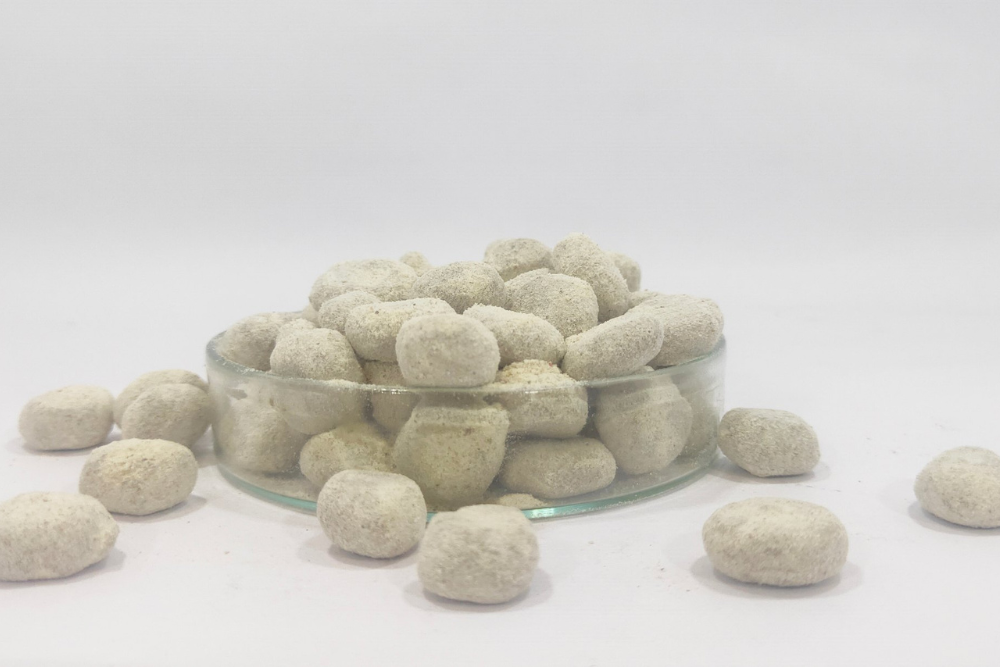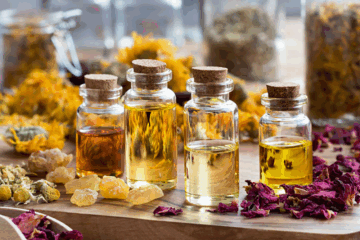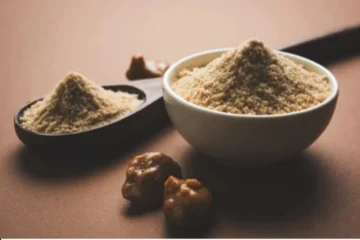Looking for a digestive sweet that’s tasty and healthy? The Traditional Hing Peda Recipe is an age-old Indian treat known for aiding digestion and calming the stomach after meals. In this blog, we’ll show you how to make it at home, answer popular questions, and keep it simple and effective.
Step-by-Step Traditional Hing Peda Recipe
- Ingredients: 1 cup khoya (mawa), 1 tbsp ghee, 1/2 tsp hing (asafoetida), 1/2 cup powdered sugar (or jaggery), 1/4 tsp cardamom powder, a pinch of salt.
- Heat ghee: In a pan, heat ghee and add hing. Sauté for a few seconds to release aroma.
- Mix in khoya: Add khoya and cook on low flame until it turns golden and releases a nutty smell.
- Add sweetener: Remove from flame and mix in sugar/jaggery while it’s still warm.
- Flavour & form: Add cardamom and salt. Mix well, let it cool slightly, and shape into small pedas.
- Cool & store: Allow to cool fully before storing in airtight jars.
What ingredients make a Hing Peda truly authentic — are there any regional variations?
Short Answer: Authentic Hing Peda uses khoya, hing, ghee, and cardamom. Regional variations may include ajwain, fennel, or dry ginger for extra digestive benefits.
- Core ingredients: Traditional recipes always include khoya, pure hing (compounded or resin), ghee, cardamom, and sugar.
- Ajwain and saunf: Northern variations use carom seeds (ajwain) or fennel (saunf) for added digestive aid.
- Dry ginger (saunth): In Gujarati versions, dry ginger is added for warmth and gut balance.
- Texture preferences: South Indian styles may use coconut or roasted rice flour for different mouthfeel.
- Hing type: Compounded hing is widely used for its mellow profile; resin hing (raw form) is more potent and rare.
Can I make Hing Peda without refined sugar and still keep the taste and health benefits?
Short Answer: Yes, you can use natural sweeteners like jaggery or coconut sugar to replace refined sugar while preserving both taste and health benefits.
- Use jaggery: Replace sugar with grated jaggery (equal quantity) to make it rich and iron-packed.
- Coconut sugar: Has a lower glycemic index and imparts a caramel-like flavour.
- Dates paste: Blend soaked dates into a paste to use as a natural binder and sweetener.
- Stevia or monk fruit (for diabetics): Can be used in moderation, though the flavour may slightly differ.
- Balanced taste: Add a pinch of salt or lemon zest to maintain flavor depth when skipping white sugar.
How much hing is safe to use in a peda — and will it overpower the taste?
Short Answer: Use only 1/2 tsp of hing per cup of khoya to avoid overpowering aroma and taste. Less is more with hing.
- Recommended dose: 1/4 to 1/2 tsp per batch (6–8 pedas) is safe and flavourful.
- High potency: Pure hing is very strong; avoid exceeding the suggested amount.
- For kids: Use even less (1/4 tsp), as children’s digestion is more sensitive.
- Balance with ghee: Ghee helps mellow out the strong notes of hing.
- Taste test: Always taste before shaping into pedas to adjust aroma and flavour.
Is Hing Peda safe for daily use or only after heavy meals?
Short Answer: Hing Peda is ideal after meals, especially heavy ones, but can be consumed daily in moderation — 1 peda per day is considered safe.
- Digestive aid: Best taken after lunch or dinner to relieve bloating and gas.
- Ayurvedic view: Hing pacifies Vata and improves digestion when consumed regularly in small amounts.
- Portion size: One small peda (10–15g) daily is sufficient for adults.
- Not for fasting: Avoid during fasting or on an empty stomach due to its heating effect.
- Special cases: Consult a doctor before daily use if you have ulcers or IBS.
How do I store homemade Hing Pedas for freshness without losing aroma or potency?
Short Answer: Store Hing Peda in airtight containers at room temperature for up to 10 days or refrigerate for longer shelf life.
| Storage Method | Duration | Tips |
|---|---|---|
| Airtight Jar (Room Temp) | 7–10 days | Keep in a cool, dry place. Avoid sunlight. |
| Refrigerator | 2–3 weeks | Use a moisture-proof container. |
| Freezer (not recommended) | 1 month | May lose aroma; wrap individually in foil. |
- Use airtight glass or steel containers: Helps retain aroma better than plastic.
- Room temperature storage: Ideal for daily use within 10 days.
- Refrigerate for bulk batches: Especially during humid weather.
- Avoid dampness: Moisture reduces shelf life and affects taste.
- Label the date: Always track preparation date to avoid spoilage.
Conclusion
Making Traditional Hing Peda at home is a simple and rewarding process. This age-old digestive sweet combines taste, health, and tradition in a compact form. Whether you follow the classic sugar recipe or a modern jaggery twist, its benefits remain the same. Just remember to use hing in moderation, store it smartly, and enjoy one peda a day for better digestion. Happy cooking!





